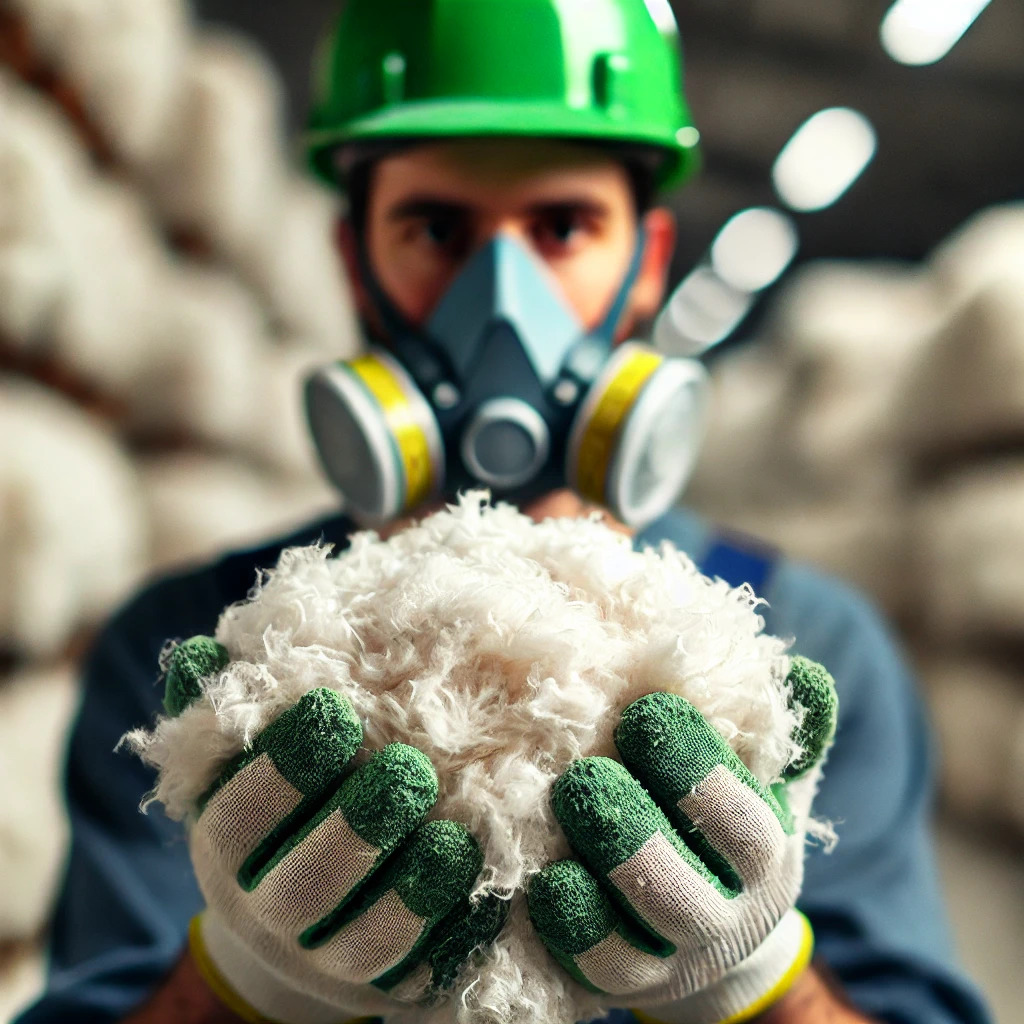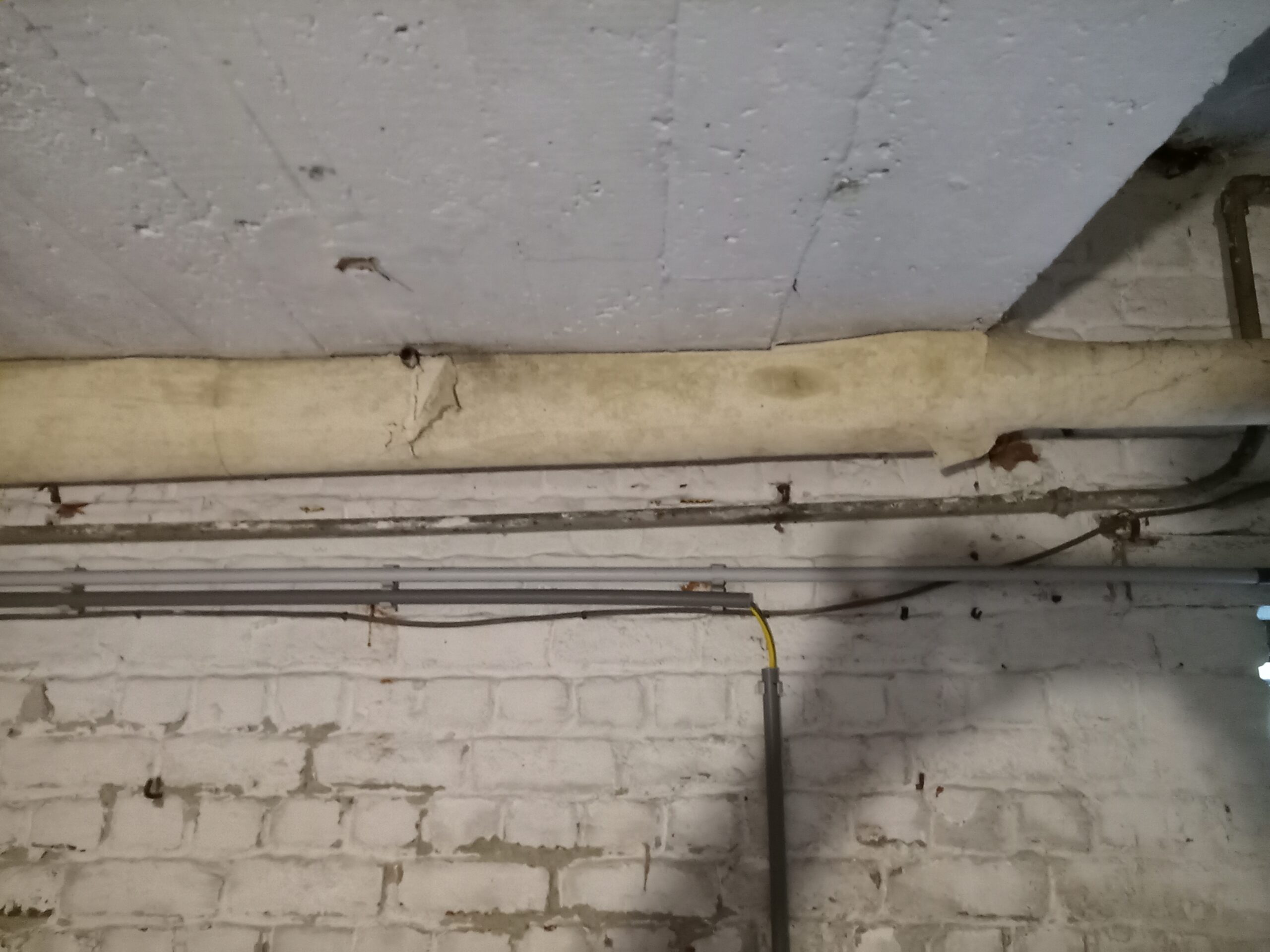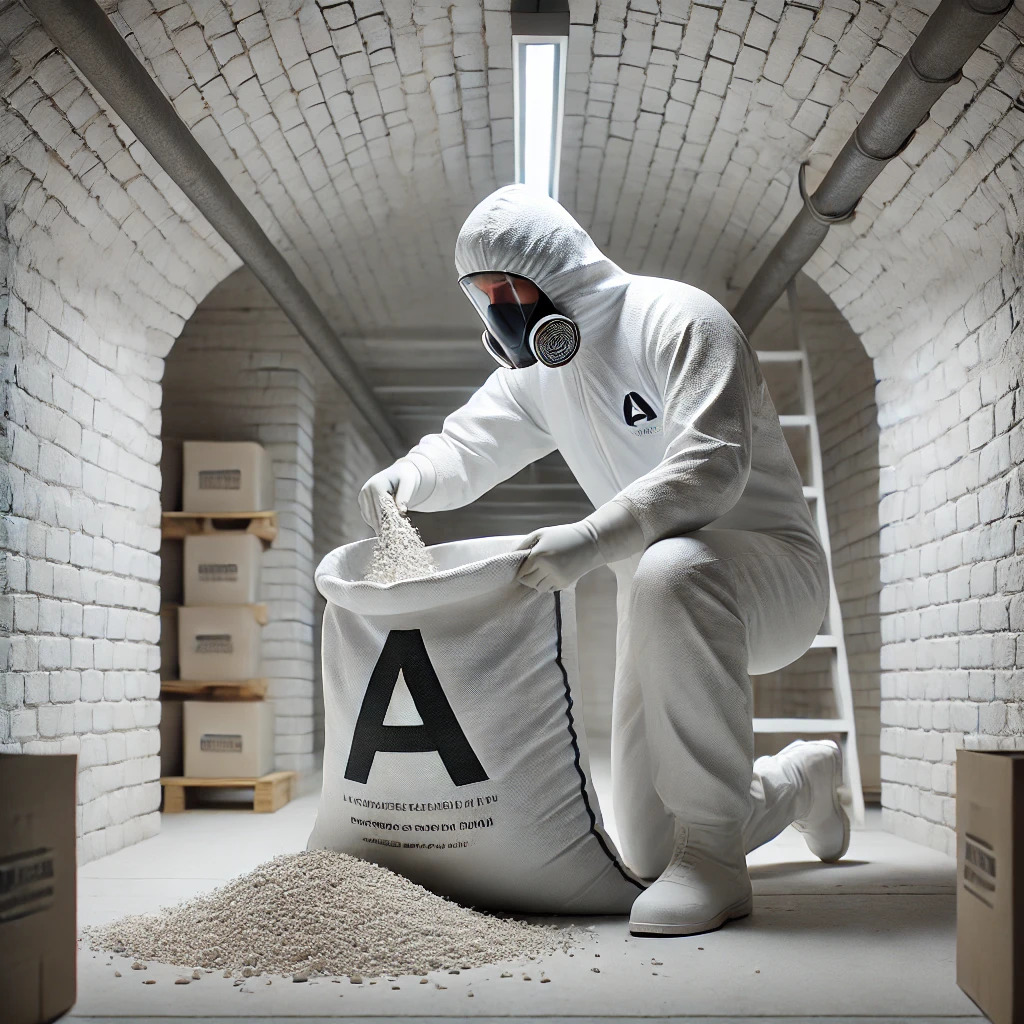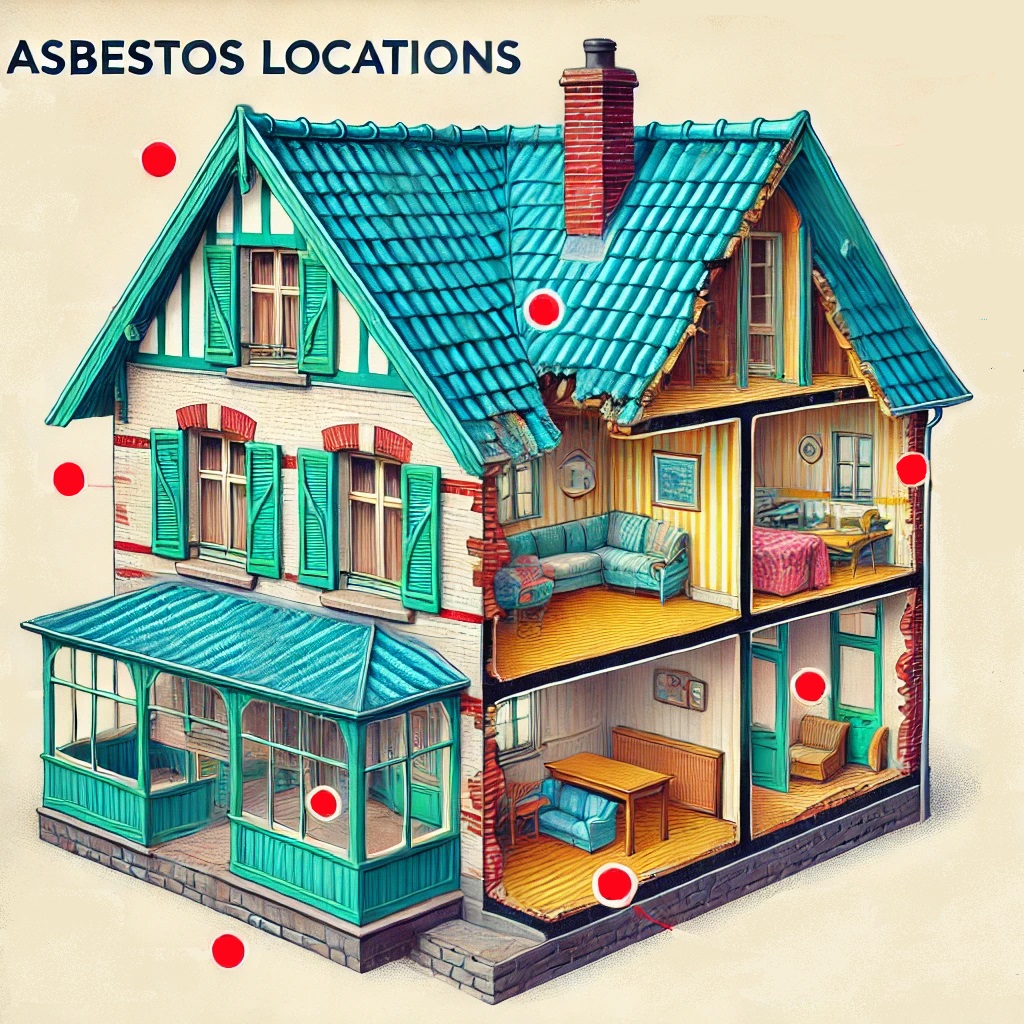Basements are particularly exposed to the risk of asbestos, especially in the form of asbestos plaster. This material, once used for its insulating properties, represents a significant health hazard to occupants and workers. This article explores the risks associated with asbestos in basements, methods of identification and management, current regulations, and the challenges to ensuring responsible management of this hazard.


What is Asbestos Plaster?
Asbestos, a fibrous substance with insulating, fireproofing, and wear-resistant properties, was commonly used in construction before its ban in 2005. Asbestos plaster, a mixture of plaster and asbestos fibres, was frequently applied in basements and cellars for their thermal and acoustic insulation capabilities.Health Risks
Inhaling asbestos fibres can lead to severe diseases, such as asbestosis, mesothelioma, and lung cancer. Asbestos fibres can remain airborne for long periods, increasing the exposure risk for people near asbestos-containing materials. In basements, often poorly ventilated, the risk of air contamination by asbestos fibres is particularly high.


Identification
Engage certified asbestos removal experts: To identify the presence of asbestos plaster in basements, it is crucial to solicit certified asbestos removal experts. These professionals take plaster samples and analyse them in a laboratory to detect the presence of asbestos fibres.Management
If the presence of asbestos is confirmed, several options are available to property owners to manage this hazard:- Encapsulation: This technique involves applying a special sealant over asbestos plaster to trap the fibres and prevent their release into the air.
- Removal: In cases where the plaster is heavily damaged or friable, complete removal is often necessary. This operation must be carried out by qualified professionals and according to strict procedures to prevent the dispersion of asbestos fibres.
- Confinement: Sometimes, confining the asbestos-containing areas is possible, for example by building physical barriers or closing access to certain parts of the basement.


Asbestos Quantity and Distribution in Belgium
Asbestos Victims
In 2023, the Asbestos Fund recognised 253 victims of mesothelioma, a cancer related to asbestos, including 76 cases of environmental exposure.Presence of Asbestos in Housing
A 2019 ISP study estimates that 2.4 million homes in Belgium could contain asbestos.Distribution by Region
Flanders: approximately 1.5 million homes built before 1990. Wallonia: approximately 700,000 homes.Regulations and Actions
Strict Legislation: Belgium imposes strict regulations concerning asbestos, particularly in the Walloon and Brussels regions.Mandatory Asbestos Inventories
Before work: A destructive asbestos inventory is mandatory before any transformation, renovation, or demolition work on a building. Management Plan: A non-destructive type “Management Plan” asbestos inventory with annual update is required to protect workers. Asbestos Ban: Since 2005, the marketing and use of products containing asbestos have been completely banned in Belgium. Employer Obligations: Employers must compile a comprehensive inventory of asbestos materials at their workplace and set up a management programme to minimise worker exposure.Requirements in Brussels
“Eco-Dynamic Company” Label: An asbestos inventory is mandatory for obtaining this label, awarded to businesses that reduce their environmental impact. Ban on Asbestos-Cement Roofs:- The installation of solar panels on asbestos-cement roofs is prohibited.
- Cleaning these roofs with high-pressure or abrasive cleaners is also forbidden to prevent the dispersion of asbestos fibres.


Challenges and Storage Capacity
Storing asbestos waste poses a significant challenge. While current landfill capacities in Flanders appear sufficient for local needs, they may prove inadequate if Walloon waste were also stored there. The management of asbestos waste requires specialised facilities and strict procedures to prevent the release of fibres.Conclusion
Basements containing asbestos plaster pose a serious public health risk in Belgium. Although progress has been made in managing and reducing the amount of asbestos present, ongoing efforts in monitoring, regulation, and asbestos removal are essential. By following current regulations and engaging qualified professionals for the identification and management of asbestos, it is possible to minimise the associated risks and protect the health of occupants and workers. Building owners, particularly those with basements, have a responsibility to have their properties inspected and take necessary measures to manage and eliminate this hazard. The strict regulatory framework and certification requirements in Belgium aim to ensure that asbestos is handled safely and controlled, thus preserving the safety of individuals and environmental protection. In addition to the measures already mentioned, it is crucial to raise public awareness of the dangers of asbestos and promote responsible asbestos management and removal practices. By combining their efforts, authorities, professionals, and citizens can contribute to a healthier and safer environment for all. Contact your asbestos expert
